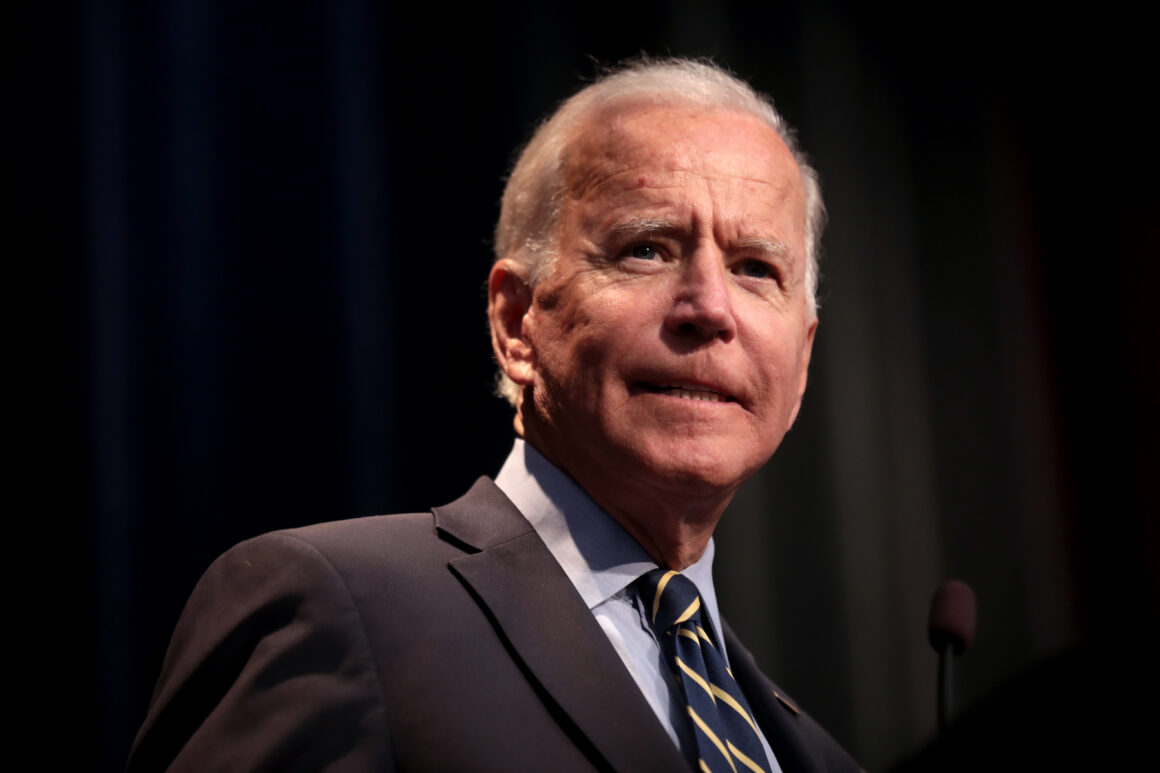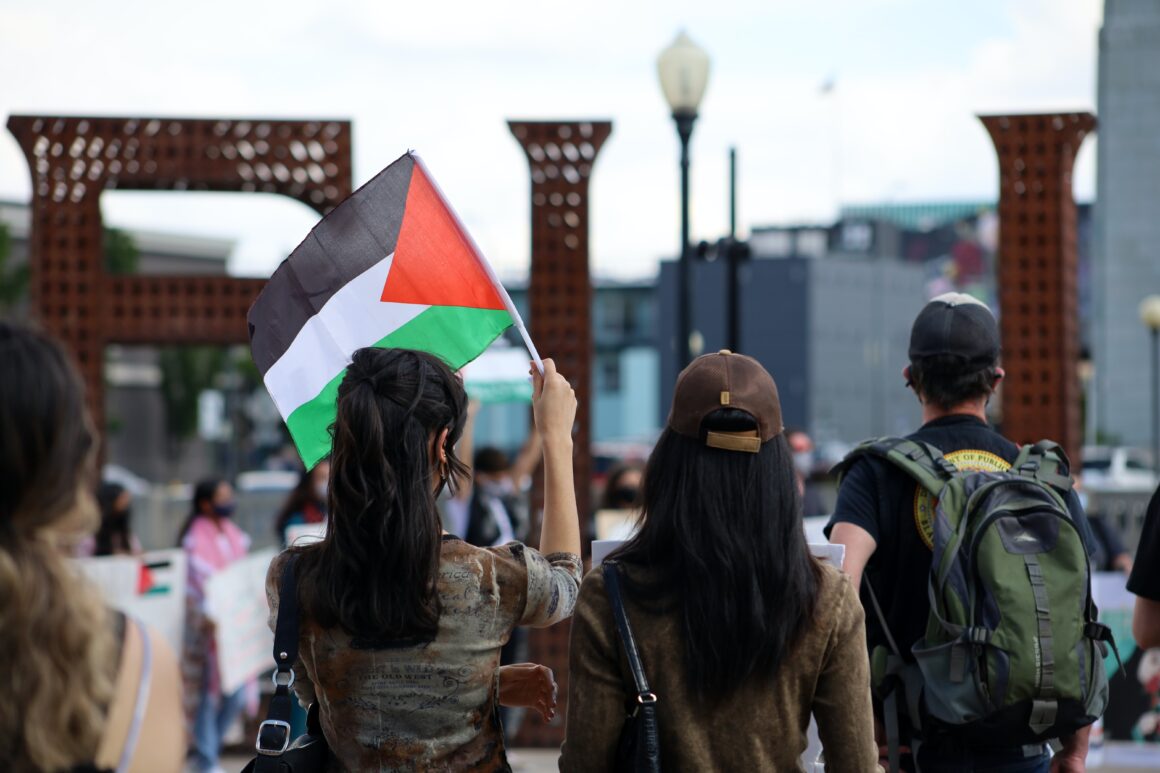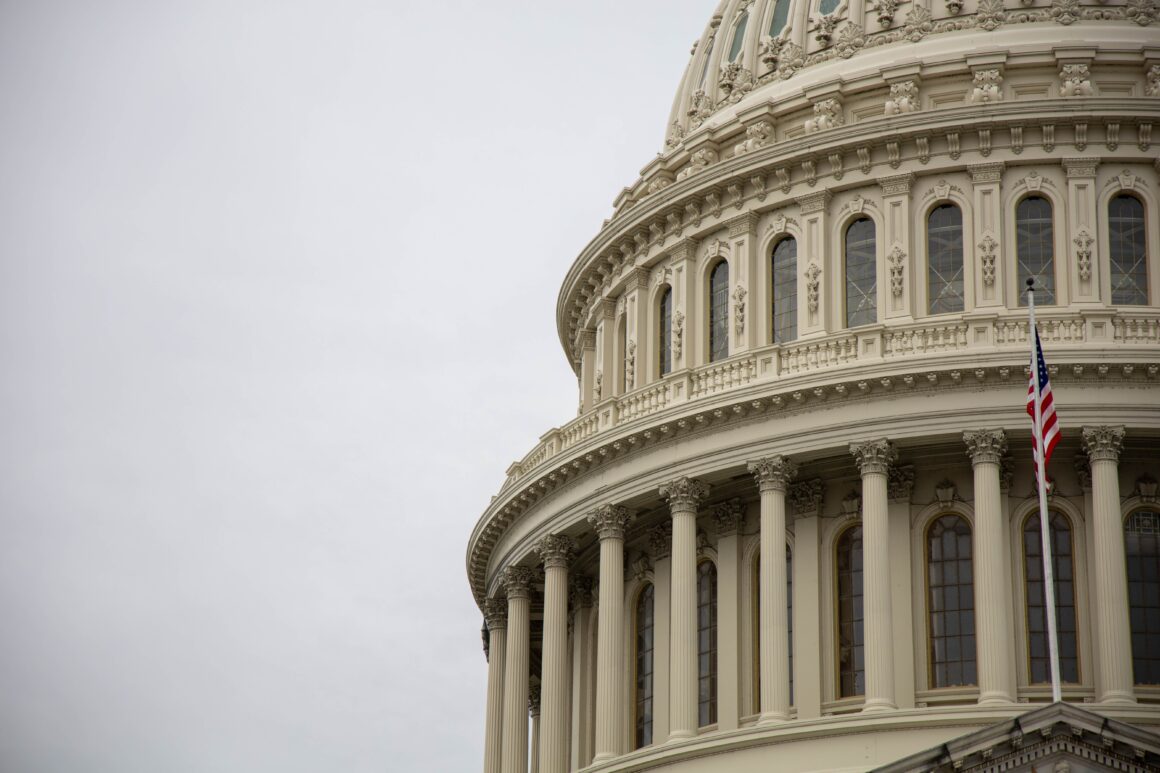As the first semester of my senior winded down, I found myself especially nostalgic to have my Dual Enrollment Introduction to International Relations class conclude. From beginning to end, this course was definitely the most engaging and interesting. Each class entailed a detailed lecture jammed with information and statistics of the outline completed for homework. Although this is not my preferred method of learning (I am more of an interactive learner type of girl), I found myself leaning forward to catch the quick words bursting from my professor. Eighteen weeks covering ten chapters from a beautifully designed and organized textbook was the highlight of the semester. We covered the multiple perspectives of international relations and discussed topics ranging from terrorism to humanitarian affairs. In my opinion, the chapter concerned with terrorism proved to be the one that most strongly brought questions to my lips and widened my eyes to a different way of viewing the concept.
The definition of terrorism taught through my textbook, International Relations (Second Edition) by Eric Sharev and Vladislav M. Zubok, is as follows: “violence by non-state actors, such as individuals or groups to achieve radical political goals.” This seems simple and straight-forward enough, right? Even then the definition of terrorism is not one that is accepted globally and is often disputed from region to region. The real issue arises when the counterterrorism measures become eerily similar to those previously performed by the terrorist organization/individual. As I had already understood before the course, terrorism is a complicated and multi-facet subject but I had learned that the actions that constitute “terrorism” are also exercised by those who vow to counteract terrorist ideals. This is where things get sticky.
What is the difference between terrorists performing violent acts and state actors reacting in the same fashion yet under the justification that it is to protect and serve?
As is well known, terrorist actions are illegal and are dealt with in a variety of manners dictated by the state in which the attack occurred. The actions taken by the state are legitimized on the grounds of defeating the enemy and eradicating danger within their territories. However, there is much controversy surrounding counterterrorism operations because they parallel the actions taken by the terrorists and people tend to question whether the government is just as bad as the terrorist. This follows the common concept that if you do what as bad guy does then you too become the bad guy.
In conclusion, what really makes terrorism terrorism? In the end the definition is up to the individual and the government dealing with the attacks on their soil. Either way the reaction to the action should be reviewed as they often come across as just as malicious and aggressive.




